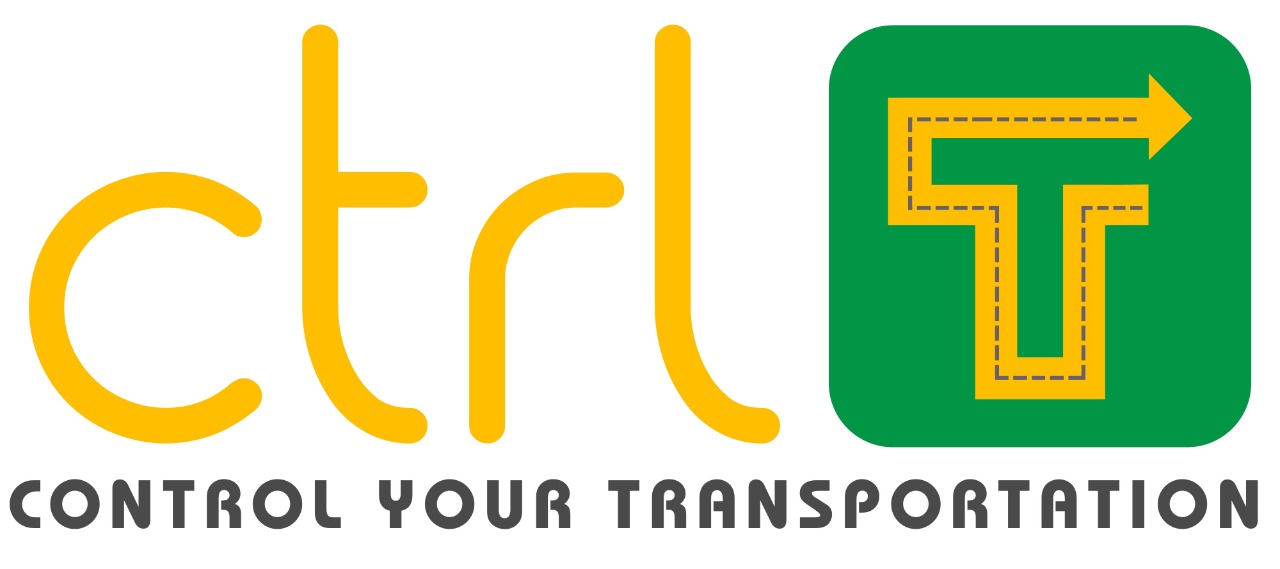E-Documentation : The right time to change
Many articles have been written explaining the benefits of digitisation of documents in the field of road transport. However, acceptance for a digital document is still very low. There are many reasons for fewer undertakings and most of them are connected to dormancy and internal limitations in the organizations. Technologies are mature and verified but many companies all over the world do not consider the digitization of documents as strategic. The digital documents are not only needed to reduce costs or improve capabilities but also to protect businesses from the unexpected consequences.
Background
The documentation is an important part of logistics of goods. They show the point of origin, quality of delivery, quantity of items, details on ownership, and so on among other things. Documents are the common thread across a long and intricate logistics chain as the goods have changed hands multiple times. Currently, they are carried in hard copies and bounce from one part of the chain to another with proper sequence recording. To represent a simple example, the information about product name, size, a reference to invoice & e-way bill, vehicle details, freight, etc. are obtained in Lorry receipt (LR) Copy. They are primarily carried by the lorry driver and acceptance is given by the customer, with notices on the hard copy when the freight is delivered. The main document that acts as a proof to process the transporter’s bill is this LR copy.
On the other hand, documents for internal audits, GST benefits, variance intention, verification, etc. should also be maintained in hard copies. These documents which are manually punched are filled with errors and hindering any possible options to analyse that data effectively. Also, these documents are difficult to analyze for strategic and analytical insights.
With the impact of COVID – 19 virus, this argument should be viewed from a different point of view now. The documents moving from place to place with countless touch points can be a super spreader especially when the goods are moving to long distances. These documents have at least 10 pairs of hand changed right from generation to final bill processing. Therefore, in the societal spread of any virus or infectious disease, documents play an important role. Documents are usually kept in an unsanitary state, which enables favourable conditions for pathogenic development.
Due to a lack of proper technology, some may doubt that digital documentation is too difficult or too expensive. With new technologies thriving at unusual speeds in today’s scenario, these doubts are baseless. Many technologies are available today for the digitization of documents and can be used ready-made with small execution mechanisms.
Why did digitisation has not taken roots?
After all this talk, let us discuss on why digitisation is not taken up yet. Based on the industrial experience we gained some of the reasons look to be at blame.
Rarely, the senior management pushes the digitization of documentation for road transport on its own. This is not to construed as a strategic issue that requires constant focus. In fact, management focus is the biggest roadblock that needs to be cleared as all other problems can be solved by various solutions at hand.
Second, ledgers and audit crew are still holding onto hard copy documents. The team of accounts usually cannot see any immediate benefit other than extending credit periods by pushing for hard copies. This also applies to the largest and most tech savvy companies in India.
Third, logistics teams are reluctant to change them because they are used to working in a definite way. Also, for every new system organizational efforts and training are essential.
Fourth, the choice of technology is a question that the logistics team cannot decide on and this requires coordination with the IT team which needs to be initiated by the senior management.
But, there is no time to lose
As discussed previously, the digitization of documentation can only be propelled by high-level management and corporate boards. The spread of Covid 19 and its potential downside if the hard copy documentation is continued, should act as a deterrent for companies to continue the age old process. If COVID-19 continues, it looks very likely that, in the long run, the logistics chains will go for a big change.


